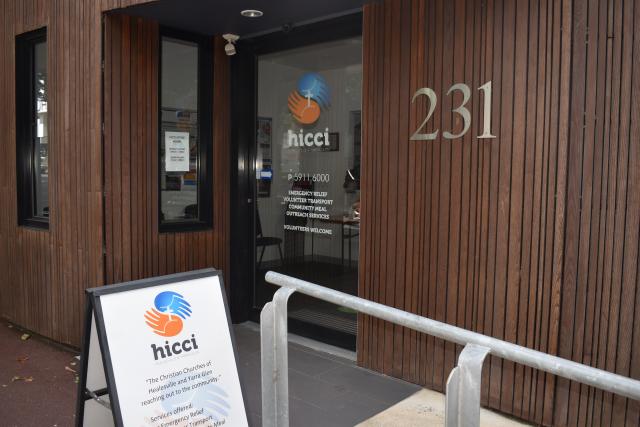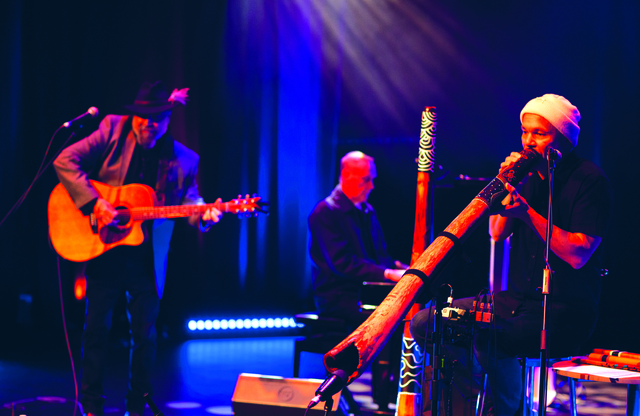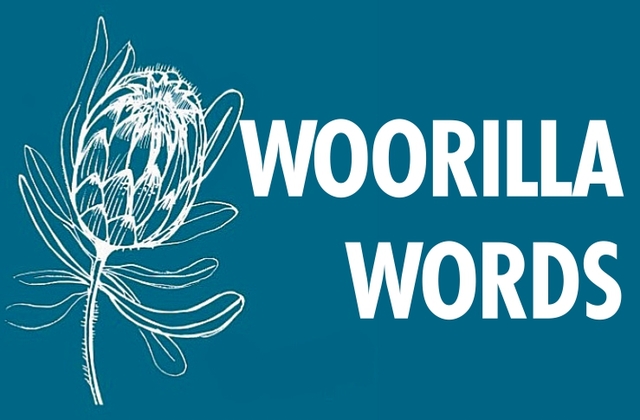It was Sunday 8 January 1939. Forest Officer John Barling went to check on a fire, which had been burning for several days near Toolangi.
The temperature was 46 degrees, with very little humidity. The wind began gusting at 60 miles per hour from the north.
Toolangi forestry officer, Charles Demby, went to warn him. As the forest exploded into fire both men were cut off and became the first victims of disastrous fires that engulfed the State of Victoria for the next six days, culminating on Black Friday – 13 January.
On that day Melbourne recorded its highest temperature on record with gale force winds fanning the flames to even greater fury.
Mr Robinson, the manager of the saw mill at Murrindindi, graphically described the fury of the fire. “The fire came down on the Sunday. I saw it coming towards us at 5pm.
There was only one thing to do: I gathered the children and the women and ourselves into one house and filled everything handy – even holes in the ground – with water. Soon the fire was on us and raging around the wooden building into which we were crowded.
“Sometimes the flames were one hundred feet high and the roar was so great that we had to scream to be heard. Now and again the flames would lick at the house, setting it on fire.
Then came the worst time of all. Armed with pieces of iron held in front of us, a few of us at a time would rush and pour water on the side of the house. We almost collapsed every time we did this. For five hours we kept this up, until every man was scorched and blistered on the face, arms and hands.”
The fire swept down from Toolangi and ringed the township of Healesville. By Tuesday cries for help came from the sparsely populated rural settlement of Badger Creek as the fire raged on.
The fire swept around Healesville towards Badger Creek. One tongue of the fire swung around the western side of Healesville. Bill Frogley, later to be one of the foundation members of the Badger Creek Fire Brigade, described how he and his brother went out to meet the fire with rakes in his brother’s motor bike and side car.
They were standing in grass waist high in a paddock on the high side of Donovans Road when the fire swept towards them. The fire came out of the timber on Tunnel Hill … “Like someone spilt a petrol drum down the side of a hill and lit it”.
They fled for their lives back to Badger Creek Road where a second tongue of the fire swept around Healesville from the north.
They fought to save houses in Badger Creek Road.
It swept down crossing Don Road and joining up with the main fire, which leapt from Mt St Leonard to Mt Monda as the gases exploded into a huge crown fire. These fires met at Mt Riddell.
The roar of the fire as Mt Riddell burnt was terrifying and at 2am it was possible, according to Bill Frogley, to read a newspaper by the light of the fire.
The two fires that swept down on Badger Creek joined up and continued up Mt Toolebewong and across to Warburton.
The terrifying main fire that came from Toolangi roared along the Great Dividing Range, became a crown fire when Mt St Leonard burnt and the eucalyptus gases in the superheated air exploded.
The ball of fire, which was an awe-inspiring sight, rolled through the air from Mt St Leonard to Mt Monda consuming everything in its path as it raced towards Maroondah Dam.
Narbethong was virtually wiped out, the residents congregated at the Black Spur Hotel, practically the only building saved. The tiny post office opposite the hotel was destroyed.
Bill Frogley remembers the sight of twisted burnt corrugated roofing iron and melted soft drink bottles that remained.
Brigades had baptism of fire
Digital Editions
-

Time again for the HICCI Annual Winter Appeal
Purchase this photo from Pic Store: 322983 Your help will make a difference to people in our local community who are doing it extra tough.…





